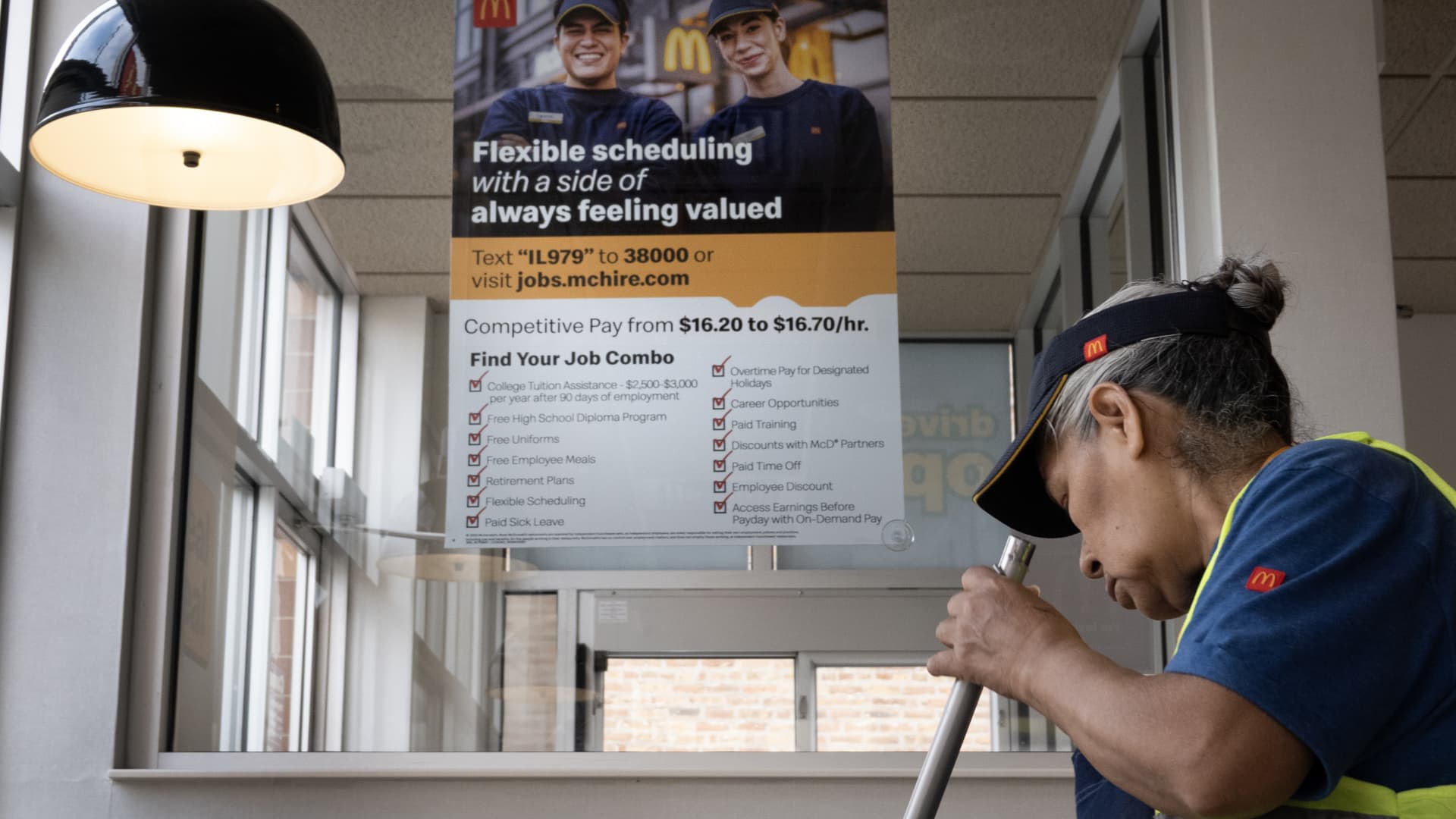The recent series of ADP National Employment Reports throughout 2025 reveal a clear trend of significant deceleration in private sector job growth in the United States. This pattern reflects mounting concerns about the robustness of the labor market and the broader economic trajectory. By analyzing the data and context provided by these reports, we can unpack the implications, drivers, and potential consequences of this slowed hiring momentum.
The Narrative of Slowing Private Sector Employment Growth
Despite periodic positive numbers earlier in the year, the private sector’s job creation pace sharply declined as the year progressed, culminating in the particularly weak May 2025 report. That month’s ADP data showed a rise of only 37,000 private-sector jobs, the lowest absolute monthly increase in more than two years. This figure fell well short of economists’ expectations, which hovered around 110,000 to 115,000 new jobs, and represented a notable slowdown from revised April numbers that themselves were disappointing at 60,000 new jobs.
Looking back to February and earlier months, private sector job additions were higher but still muted relative to historical norms, with February reporting a 77,000 job gain, the fewest since July 2024. October 2024 stands out with a strong 233,000 increase, but this proves an outlier rather than a harbinger of sustained growth. The overall arc from 2024 into mid-2025, therefore, is one of a waning hiring environment.
Sectoral Insights: Diverging Trends Within the Economy
Breaking down the employment changes by industry sectors sheds light on surface dynamics beneath the overall numbers. The service-providing sector remained the primary contributor, adding nearly all 36,000 jobs in May, dominated by leisure and hospitality, financial activities, and information sectors. These subsectors typically reflect consumer confidence and discretionary spending trends, which can be volatile amid economic uncertainty.
Conversely, goods-producing sectors contracted slightly, losing approximately 2,000 jobs in May. This decline suggests ongoing headwinds in manufacturing, construction, and related industries that have historically served as bellwethers for industrial momentum. The differential performance between services and goods-producing industries underscores the varied impact of economic and policy factors, including trade relations and supply chain challenges.
Economic and Geopolitical Influences Dampening Hiring
Several intertwined factors appear to contribute to the weakening private employment growth:
– Trade Wars and International Tensions: Persistent trade conflicts have inflicted uncertainty and imposed tariffs burdens, particularly affecting manufacturing and export-reliant industries, thereby limiting their willingness and capacity to hire.
– Economic Slowdown Fears: The broad tapering of job gains aligns with rising concerns about an economic slowdown or possible recession, throttling business investment and expansion plans.
– Wage Growth and Labor Costs: Despite the slowdown in hiring, wage increases remain robust with annual pay rising 4.5% for current employees and nearly 7% for job changers. While positive for workers, rising labor costs may partly discourage aggressive hiring, especially by smaller businesses and sectors under margin pressure.
– Consumer Spending Trends: Service sector gains suggest pockets of resilience fueled by consumer spending. However, reports of “soft-ish” consumer spending and inflation imply that demand may not sustain a strong hiring outlook.
Broader Implications for the Labor Market and Economy
The languid growth in private sector jobs signals more than just a transient pause; it likely reflects fundamental shifts in economic momentum and confidence. A slower hiring environment tends to increase caution among households and businesses, impacting consumption patterns, investments, and financial markets.
With labor demand cooling, unemployment rates could stabilize or rise modestly if layoffs simultaneously surface. This could reduce upward pressure on wages over time but may also challenge workers’ bargaining power and overall economic well-being.
From a policy perspective, these trends can influence Federal Reserve decisions regarding interest rates and monetary policy tailoring. The Fed has often balanced between curbing inflation and supporting employment; subdued job gains may tilt considerations toward easing financial conditions, although inflation dynamics remain a crucial variable.
Conclusion: A Harbinger of Caution Amid Uncertainty
The ADP reports from early to mid-2025 collectively paint a picture of a weakening labor market, with private sector hiring growth grinding to one of its slowest paces in recent memory. While certain service industries show pockets of strength, the overall deceleration and contraction in goods-producing sectors, combined with geopolitical and economic headwinds, illustrate a labor market under pressure.
This environment demands close monitoring as it can presage broader economic shifts. Businesses, policymakers, and workers alike face uncertainty in adapting to this slower job growth regime. The months following May 2025 will be critical in determining whether this slowdown reflects a brief adjustment or a more prolonged phase of economic and labor market challenges.





